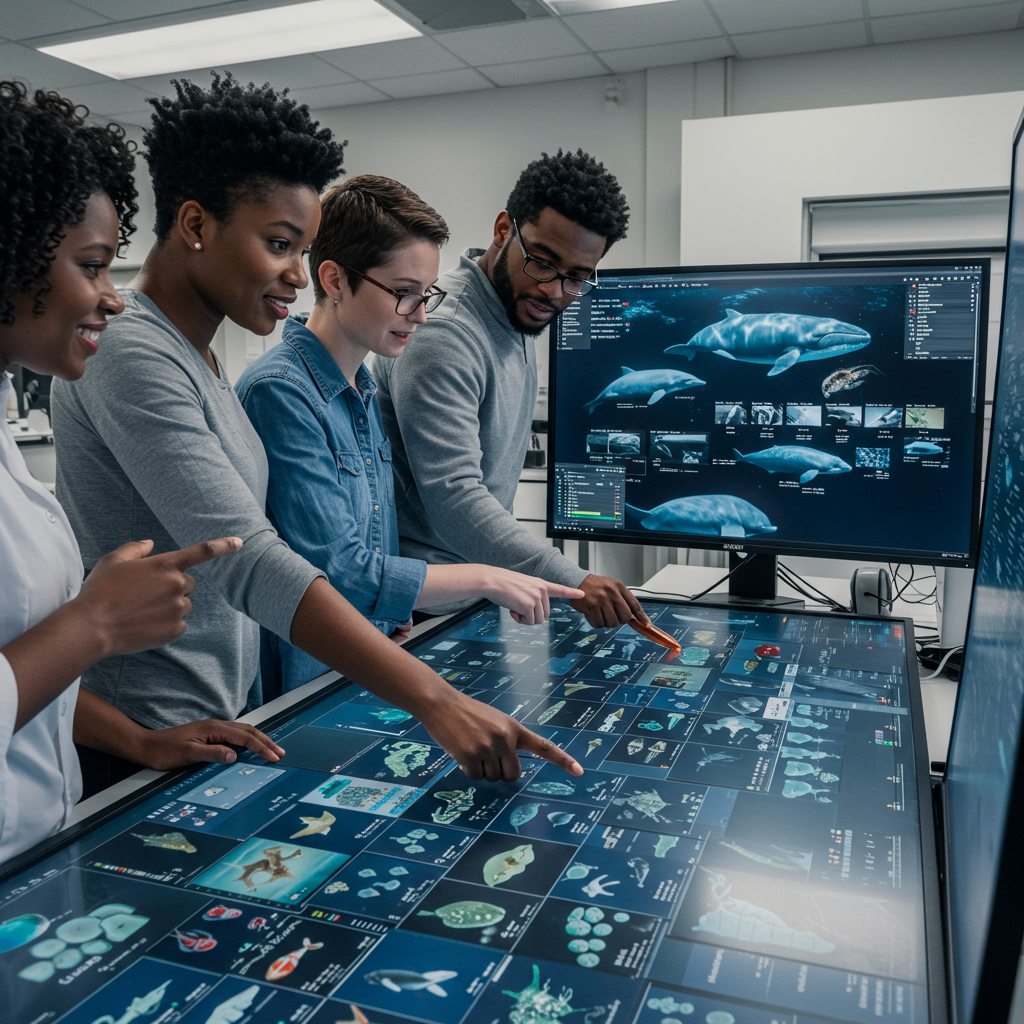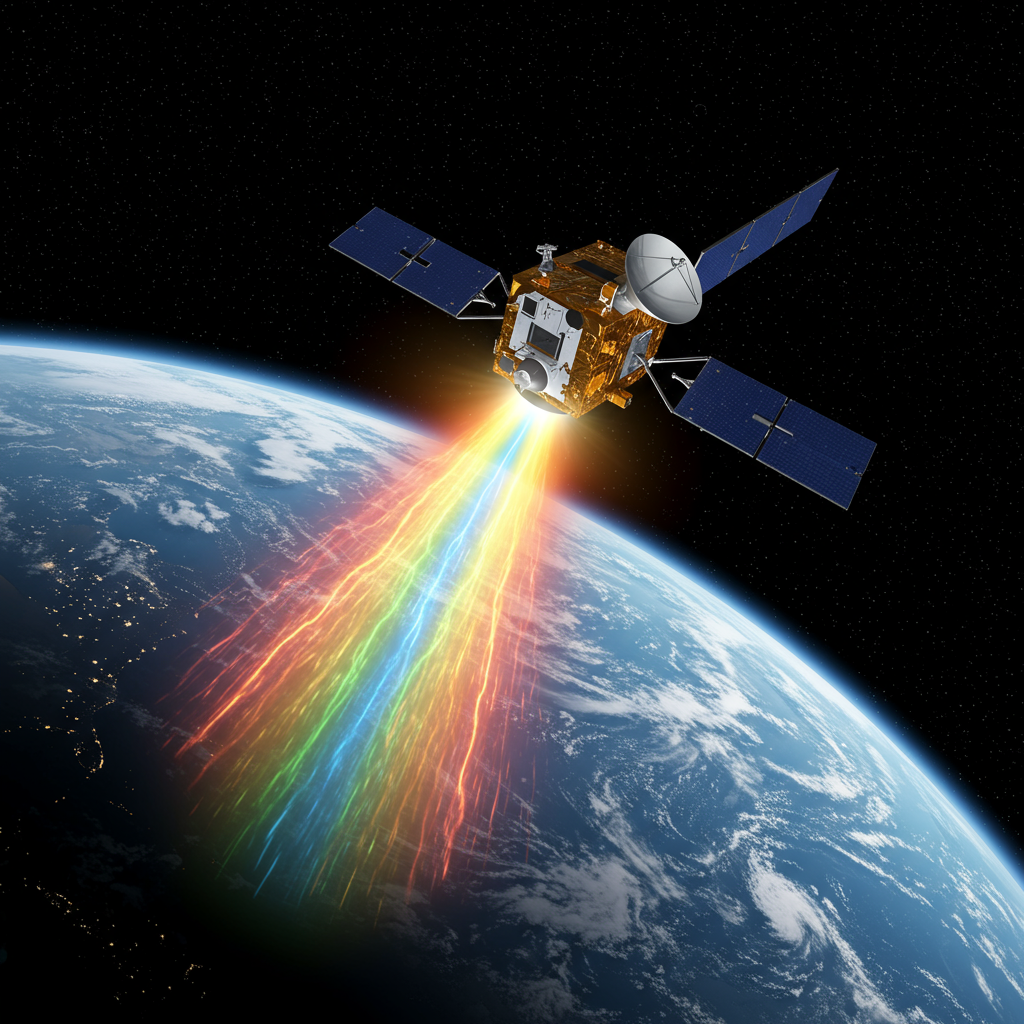Unlocking Ocean Secrets: A Vast New Database Catalogs Marine Animal Body Sizes
Understanding the sheer diversity of life in the ocean is a monumental task. For years, scientists have sought comprehensive data sets to explore the intricate workings of marine ecosystems and the evolution of countless species. Now, a significant new resource promises to fill a crucial gap: the Marine Organizational Body Size (MOBS) database.
Launched as an open-access platform, MOBS compiles vital body size data for over 85,000 marine animal species, from the tiniest zooplankton to the largest whales. Developed primarily by marine ecologist Craig McClain of the University of Louisiana at Lafayette, this ambitious project is building what he terms a “library of marine life.”
Why Body Size Matters in the Ocean
Body size is far more than just a measurement. As McClain emphasizes, it’s “a key to how life works.” This single trait influences how an animal moves, finds food, survives threats, and evolves over time. For terrestrial animals like birds and mammals, extensive body size data has long informed research into macroecology (large-scale patterns in life) and macroevolution (evolutionary change over broad timescales).
However, similar comprehensive data for marine animals, particularly invertebrates, has been notably lacking. The ocean is an environment where the ‘rules’ observed on land might not universally apply, given the vast differences between, say, a drifting jellyfish and a mobile mammal. A centralized database like MOBS provides the essential foundation to investigate these unique marine patterns and potentially challenge or confirm existing ecological theories.
Building the Marine “Library”
Creating MOBS was a labor of passion and persistence. McClain began informally collecting data years before officially launching the project. A major challenge was the constantly evolving world of marine taxonomy – classifying and naming species. This hurdle was significantly reduced by leveraging the World Register of Marine Species (WoRMS), which assigns unique digital codes to validated species. By tying MOBS data to these WoRMS codes, the database can be more easily updated as new species are discovered and classified. Data has been sourced from McClain’s extensive prior collections and potentially from museum records.
The database primarily focuses on body length rather than mass. This decision was pragmatic: taxonomic descriptions almost always include linear measurements like length or width, whereas mass data is rarely recorded unless it’s the specific goal of a study. Furthermore, the density and shape variations among diverse marine groups (consider the difference between a dense sea slug and a gelatinous jellyfish, even if they weigh the same) make length a more consistently available and often more comparable metric, although plans exist to compile a separate database for length-to-weight conversions.
The Challenges of Measurement
Measuring marine life, whether colossal or microscopic, presents unique difficulties. Capturing the length of a whale shark in the open ocean, for instance, requires inventive techniques like using lasers set at known distances and scaling from photographs of specific body parts. Conversely, measuring submillimeter organisms demands high-resolution microscopy and detailed image analysis. These examples highlight the diverse methods required to build a comprehensive size database across the vast spectrum of ocean life.
More Than Just Numbers: The Value of MOBS
With data for approximately 40 percent of all described marine animal species currently available (with a goal to reach 75 percent), MOBS is already facilitating new research. Scientists are using it to explore questions about potential biases in how species are described based on their size.
Beyond specific research questions, MOBS offers a valuable, relatively low-cost research avenue. For researchers like McClain, whose other work involves expensive deep-sea expeditions requiring significant grant funding, the database provides a computationally focused project that can continue even when field funding is scarce. Building this extensive resource requires broad participation from scientists studying different marine groups to ensure comprehensive coverage.
A Broader Effort to Document Life
The creation of MOBS speaks to a larger global effort to document and understand Earth’s astonishing biodiversity. While MOBS focuses on the physical dimension of visible marine animals through body size, other scientific initiatives are tackling the challenge of cataloging life in different ways and environments. For example, in the extreme conditions of Antarctica, researchers are employing advanced DNA sequencing techniques like metagenomics to uncover hidden microbial and microscopic life, creating genetic reference libraries that reveal biodiversity undetectable by traditional methods. Discoveries in places like volcanic ice caves and the McMurdo Dry Valleys highlight the incredible resilience and diversity of life found even in Earth’s harshest corners.
These varied approaches – from cataloging animal body size in the global ocean to sequencing the genetic blueprints of microbes in remote polar regions – are all crucial steps in building a complete picture of life on Earth. In an era of rapid environmental change, including the significant impacts of climate change altering habitats like melting polar ice, documenting existing life forms through comprehensive databases is becoming increasingly urgent. Resources like MOBS provide essential baseline data needed to monitor and understand these transformations before ecosystems change irreversibly.
The MOBS database, accessible via GitHub, represents a vital step forward in assembling the fundamental data needed to study the vast and mysterious world of ocean life on a truly global scale. It stands as a testament to the value of large, open-access data sets in advancing our understanding of biodiversity and ecology.




